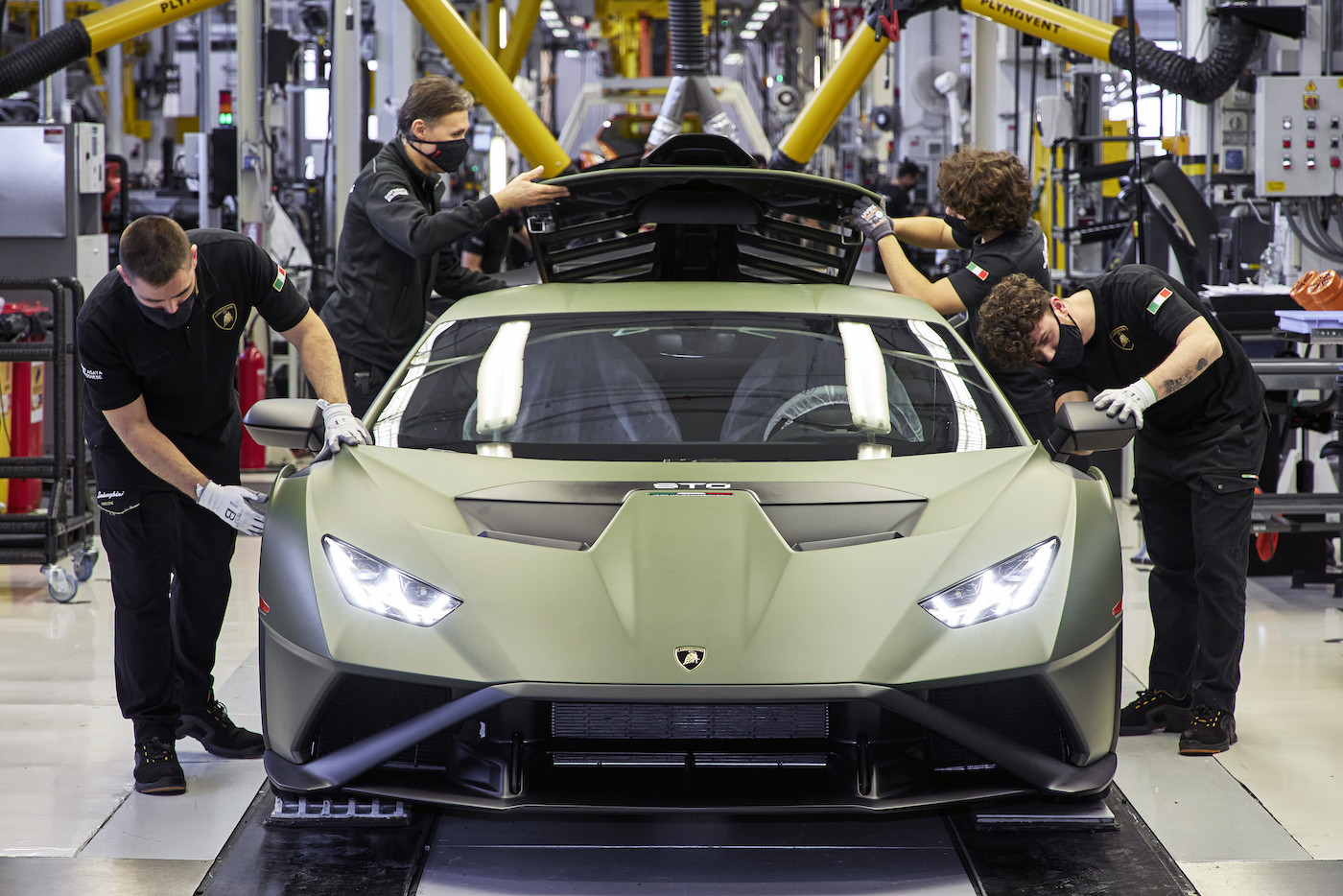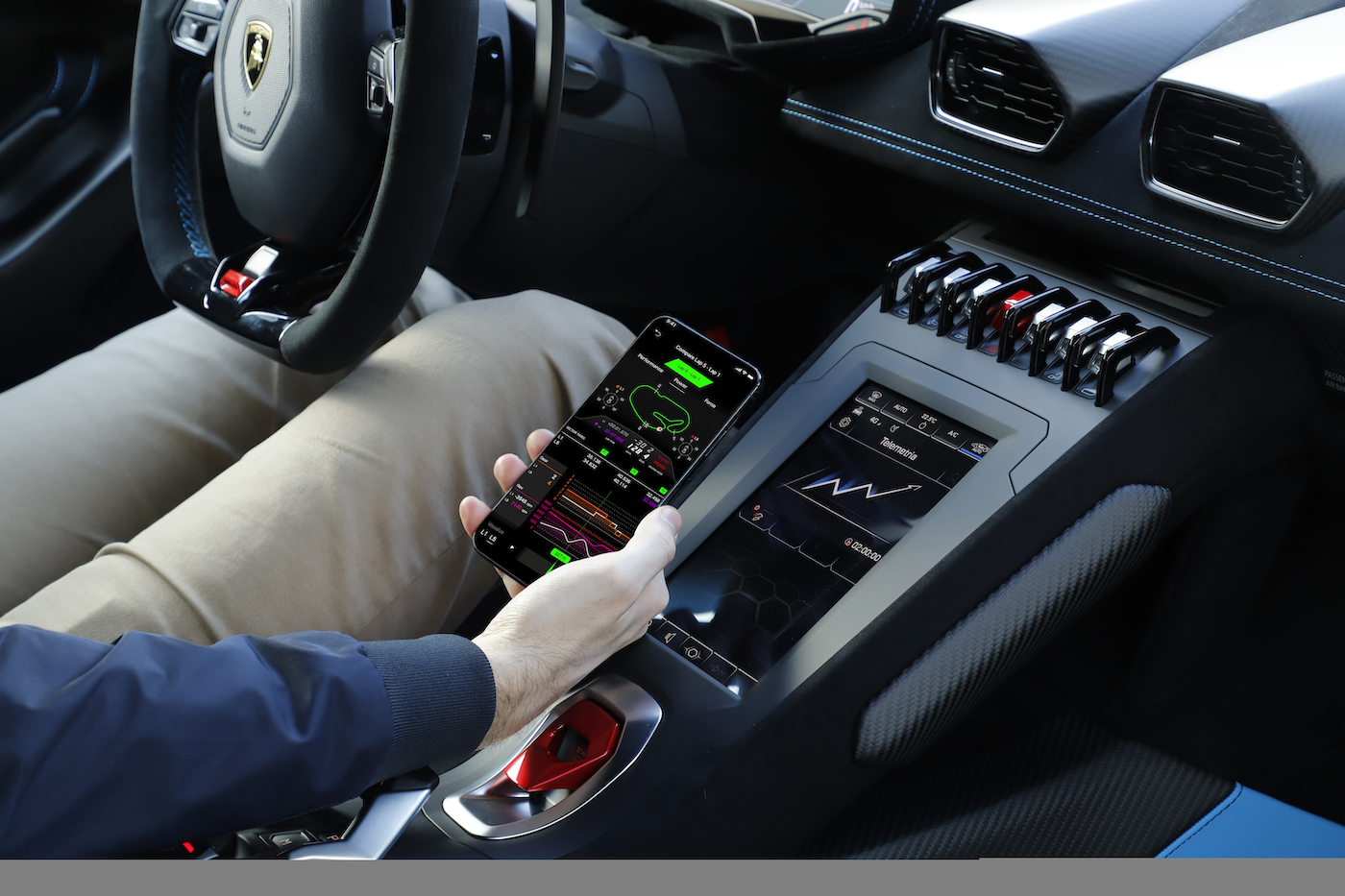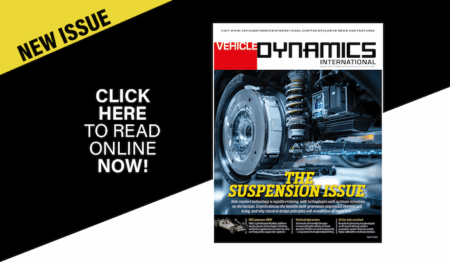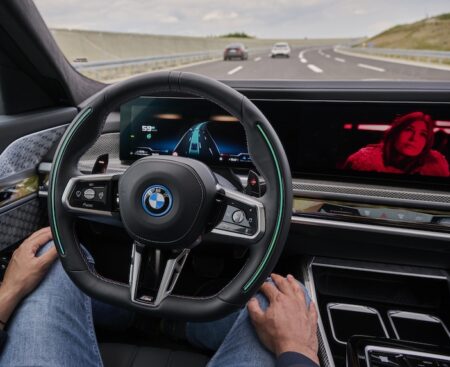Ahead of the launch of the Lamborghini Huracán STO later this year, it is worth getting acquainted with this rather extreme sports car. STO stands for ‘Super Trofeo Omologata’, meaning it is a road-homologated super sports car. The DNA is impressive, with the engineering and vehicle dynamics inspired by hardcore Lamborghini race cars: the Huracán EVO Super Trofeo, developed by Lamborghini Squadra Corsa for Lamborghini’s own race series; and the Huracán EVO GT3, three-time winner of the 24 Hours of Daytona and two-time winner of the 12 Hours of Sebring.
Being a Lamborghini, high power is expected, and the 640HP (470kW) naturally aspirated V10 engine delivers, generating 565Nm at 6,500rpm – good for 0 to 100km/h (62mph) in 3.0 seconds, 0 to 200km/h (124mph) in 9.0 seconds, and a top speed of 310km/h (193mph). A light kerbweight, enabled by the extensive use of lightweight materials, is a big factor in the blistering acceleration, and in the agile dynamics. The dynamics engineers of the rear-wheel drive Huracán STO also worked fo achieve an unfettered steering feel, and braking performance that can withstand track driving.
Lamborghini’s engineering team have shared five technical titbits about the Huracán STO project:
1. A new word you should know: Cofango
The term ‘Cofango’ is a portmanteua of two Italian words: cofano (hood) and parafango (fender), coined by Automobili Lamborghini to describe a design solution in which the hood (bonnet), fenders (wings) and front bumper are integrated into a single component. This design, created by Lamborghini’s engineers, is inspired by the legendary Lamborghini Miura and the more recent Sesto Elemento, and on the STO is made entirely of carbon fibre.

Even the key for opening the fastenings on the STO’s Cofango is unique: it was developed in-house by the R&D team and made using an innovative 3D printing technique.

2. The STO went three times around the world in simulator tests
Lamborghini’s R&D team drove a distance equivalent to three times around the world in simulator tests before starting the Huracán STO’s road test programme. State-of-the-art simulator technology allowed Lamborghini engineers to save time on quality control, lead times and emissions by verifying that every part of the car fully complied with standards during different stages of the STO’s development, certifying and testing.

2. You can do a dynamic pit stop in just three seconds
There is not much that can be changed in three seconds, but the setup of the Huracán STO is one. Three new driving modes – STO (normal driving), Trofeo (race mode) and Pioggia (raining or wet) – adapt the set-up of the car to match high-performance driving environments. The Huracán STO allows the driver to experience a dynamic pit stop, as if a team of mechanics were right there.

4. It takes 2,750 components to make an STO
If you wanted to build a 1:1 scale model of a Huracán STO, you would need a lot of patience. While the STO is lightweight and has a touch of Cofango, it still has a lot of components: more than 2,750 in fact.

5. The connected telemetry has 25,000 lines of code
The Huracán STO features a new advanced connected telemetry system, with the Lamborghini Connected Cloud creating a link between the car and its on-board cameras. Customers can use the Lamborghini UNICA App with its intuitive data analysis system and videos enriched with dedicated widgets, to perform track engineering of their car, customising the setup to their needs. The development of this technology on the UNICA App required more than 25,000 lines of code.






